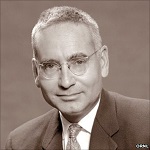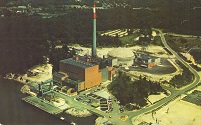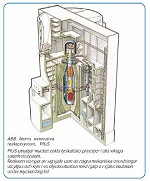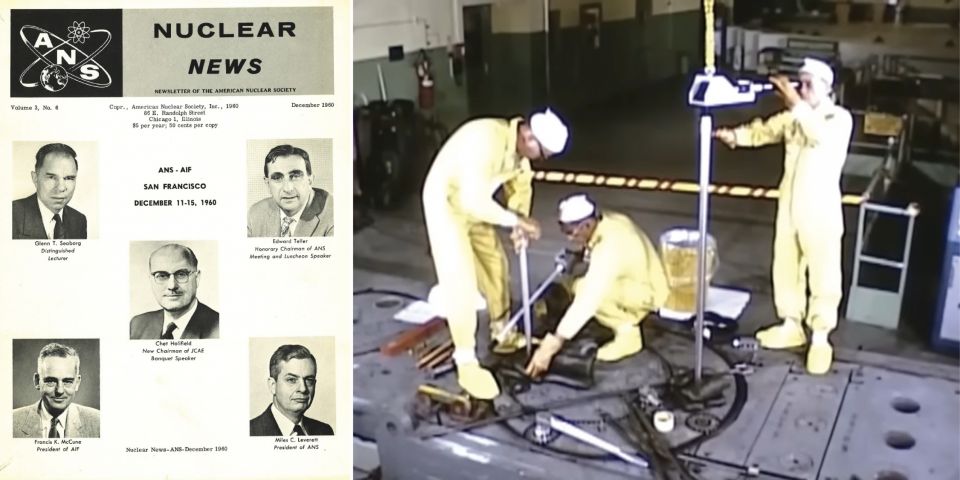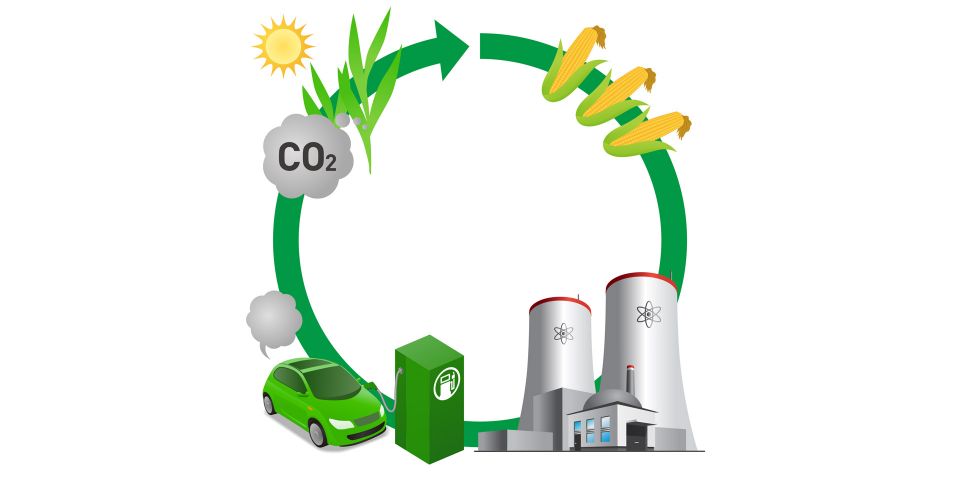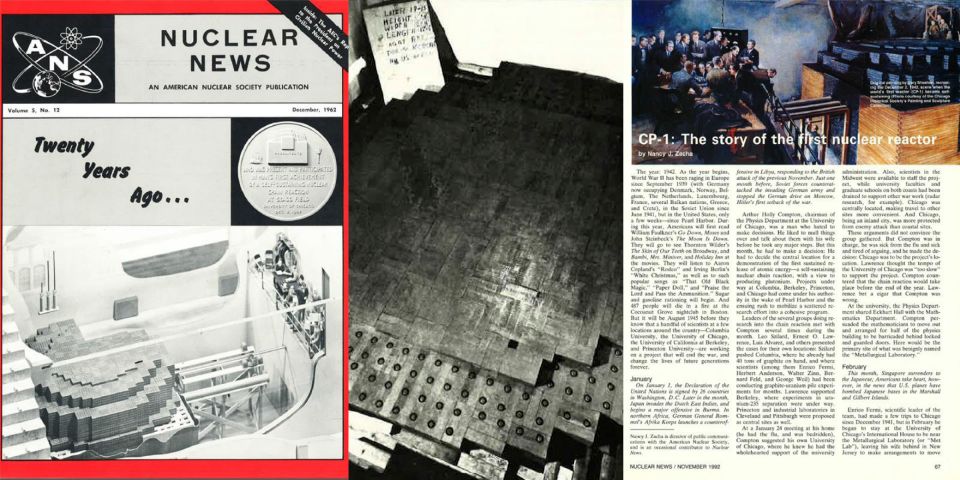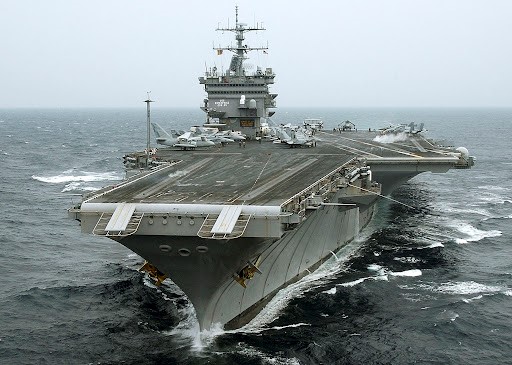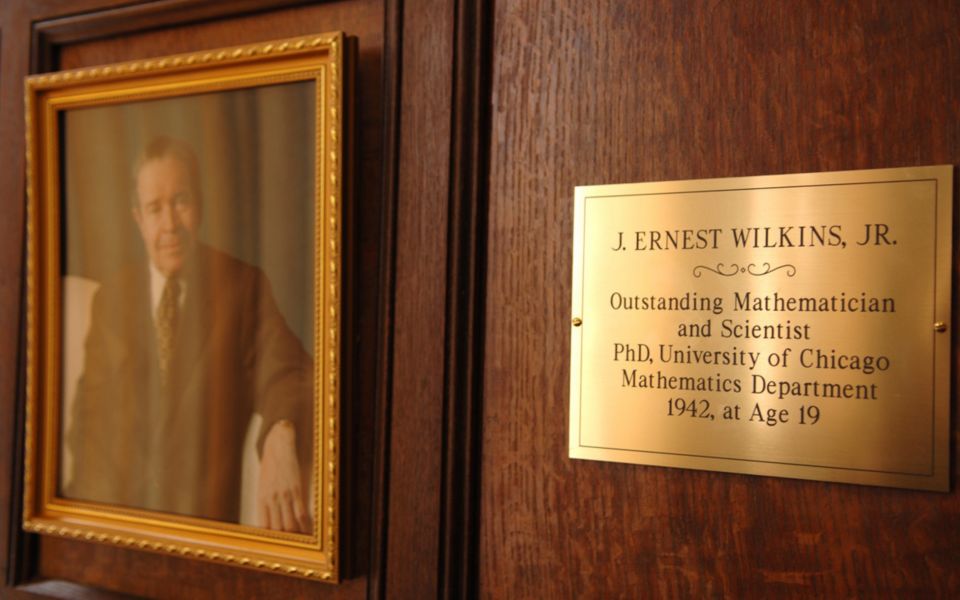Inherent and engineered safety: Did Weinberg predict today's reactors a quarter century ago?
Following the Three Mile Island (TMI) accident on March 28, 1979, it seemed to many as if a slowing nuclear energy industry in the United States had been dealt a death blow. It had not, but the public's confidence was shaken, and this blow to public opinion built upon a decade's worth of intensive, focused anti-nuclear effort on the part of a number of large well-funded special interest groups.
Once the causes of the TMI accident were well understood, the task was taken up to predict what would be desirable for increased public support for new reactor construction. Alvin M. Weinberg headed a group that performed such a study under a 1981 request by the Institute for Energy Analysis; the published result was the book The Second Nuclear Era-A New Start for Nuclear Power (1985).
The conclusions reached were numerous in terms of specific recommendations, and the determination as to reactor technology was clear: Contemporary light water reactor (LWR) plants at the time, given their previous safety record, were acceptable to the public-and future designs should be improved and be either inherently or passively safe, certainly in terms of cooling, and perhaps even in terms of shutdown. The group believed that the future of nuclear energy in the United States would initially be based on proven technologies, either already in wide use (LWR plants, specifically pressurized water reactors/PWRs), or already developed to the point of commercial application (high temperature gas-cooled reactor (HTGR) plants, such as Peach Bottom-1 and Fort St. Vrain.)
Contemporary designs (1980s) and development
The earliest nuclear reactor plants were designed with basic water injection systems intended mostly to handle "makeup"-because of the early emphasis in design basis accident analysis for rapid-loss-of-coolant accidents, most had some way to rapidly make up water should a large primary coolant pipe break. This essentially covers most designs through the mid-1960s.
In the middle of 1966, ongoing work by the Atomic Energy Commission (AEC) and the Advisory Committee on Reactor Safeguards, in the processing of applications for comparatively very large reactor plants, began to "force the issue" of increased emergency core cooling systems (ECCS) to the forefront of discussion. The radioactive release possible with larger cores had not been considered in previous standardized siting criteria, or accident analysis. Dr. William E. Ergen was appointed by the AEC's director of regulation to form a task force to study this problem; the major result was the determination that a relatively much larger, newer core, if uncooled, could cause melt-through of the reactor vessel (because larger power output plants did not have proportionately larger total area for heat dissipation, without added forced dynamic cooling; whereas earlier reactor cores could survive being uncooled.)
The Ergen Report made it clear that greatly enhanced ECCS capability would be needed to continue to prove safety, and AEC ordered that plants had to fit or backfit new, higher-capacity equipment meeting revised ECCS requirements by 1974. Plants that were unable to comply had to be shut down; Indian Point-1 shut down permanently in 1974 for this reason.
This improvement in ECCS focus led indirectly to the ability to build nuclear plants in locations previously not considered possible by then-used siting criteria. A letter from the ACRS to the chairman of the AEC in 1964, when early consideration of improved safeguards was underway, stated in part:
"It is the opinion of the Advisory Committee on Reactor Safeguards that the including of properly engineered safeguards in reactor plants can permit the reduction of distances required for protection of the public and that engineered safeguards of selected type should make feasible the siting of power reactors at many locations not otherwise considered as suitable."
Post-TMI: Cancellations and public opinion
The causes of the TMI accident were many, varied, and in many ways intertwined. The complexity of the problems facing the industry became clearer as months of reviews and rulemaking dragged into years, and many nuclear plants under construction began to experience incredible delays-first, when all licensing was held up; and then, when plant owners and operators attempted to determine how to backfit or modify existing designs to bring new, but not-yet-started, reactors up to the present specification (which was itself a moving target). For example, in 1983, Detroit Edison stated that costs for its yet-to-start Fermi-2 had skyrocketed due to, among other things, $138 million in TMI-related backfits and modifications.
 The effect of TMI on public opinion is commonly stated today in the press as something of a "death blow," but this is inaccurate. First, public opinion about nuclear energy was starting to move since about 1970, with the first Earth Day and the passage of the National Environmental Policy Act (which later would be used to force nuclear plants to consider environmental impact as a stand-alone topic, which was not done originally). According to a compilation of public opinion research and analysis entitled Public Opinion and Nuclear Energy (1983), public opinion in the United States was already shifting in the mid-1970s away from mostly supporting nuclear power, and public beliefs about reactor safety "changed somewhat from 1975 through 1980." Public opinion was beginning to change before TMI happened.
The effect of TMI on public opinion is commonly stated today in the press as something of a "death blow," but this is inaccurate. First, public opinion about nuclear energy was starting to move since about 1970, with the first Earth Day and the passage of the National Environmental Policy Act (which later would be used to force nuclear plants to consider environmental impact as a stand-alone topic, which was not done originally). According to a compilation of public opinion research and analysis entitled Public Opinion and Nuclear Energy (1983), public opinion in the United States was already shifting in the mid-1970s away from mostly supporting nuclear power, and public beliefs about reactor safety "changed somewhat from 1975 through 1980." Public opinion was beginning to change before TMI happened.
Also, public discourse over cost, delays, and cancellations of nuclear plants was increasing. Over 30 nuclear plants had been cancelled, and a number of plants under construction had been pushed back, prior to TMI. This trend increased after TMI.
However, according to this study, opinions on nuclear energy in the United States still did not swing wholly anti-nuclear by any means as a result of the TMI accident. In this study's summary of post-TMI surveys, it is concluded that
"Although a majority of the general public and most leadership groups believed that there is no guarantee against a catastrophic nuclear accident and that fundamental regulatory changes are necessary to keep risks within tolerable limits, a majority of the public and leadership groups favored the continued use and expansion of nuclear power."
Weinberg and the direction to a second nuclear era
We have covered a "snapshot" of the development of the nuclear industry in terms of safety engineering (by no means complete; a detailed study would require a career or two) and a "snapshot" of public opinion when Weinberg and his group were tasked to imagine a "way out" for the nuclear industry and nuclear power. As it turns out, Weinberg's general predictions (detailed earlier) were exactly correct; however, a shortcoming in the study's conclusion was a dependence on either wholly new plant designs or the use of already-sidelined designs in pursuit of the stated goals.
Weinberg and his cohorts did in fact admit that contemporary LWR designs (Westinghouse SNUPPS/Sizewell B, GE ABWR, Combustion Engineering System 80) were safe enough for public acceptance, but stressed a look forward to two other designs-the Process Inherent Ultimate Safety (PIUS) reactor, and a form of HTGR. The PIUS was a radically different type of light-water-cooled reactor, developed conceptually by ASEA-ATOM (Sweden), that used a gigantic prestressed concrete vessel, no control rods (reactivity control by boron and temperature only), and was said to have a "hands off" time of one week, in which no operator action was required after any potentially damaging failure. The core would remain covered and cooled at all times in this unusual, and never-built, design. The other design that Weinberg's team selected was a General Atomics HTGR, helium cooled and graphite moderated, with inherent safety features and guaranteed core cooling capability by virtue of basic design-also never built.
What is significant about the selected designs is their "walk away" capability, wherein no operator action was required after potentially damaging incidents (such as loss of all electrical power.) Weinberg was essentially correct in believing that this would be required to gain public acceptance on a wide scale; what he did not envision was a way to mate existing, developed reactor plant design (hardware) with his vision of inherent or "walk away" safety to arrive at a workable, licenseable, affordable, and realistic nuclear power plant. The industry had already, by that time, become wary of any design that was not a light-water-cooled reactor, either PWR or BWR, and the post-TMI licensing logjam practically guaranteed that no radically new design would be licensed in any realistic or desirable time frame (and a reduction in estimated electricity demand guaranteed that no utility would try.)
The future from the past-AP600 to AP1000
In 1992, the National Academy of Sciences (NAS) conducted a study that, among other things, developed a list of promising reactor designs for future application. While the PIUS and another gas-cooled reactor still figured in the NAS report, the bulk of the recommended designs were LWR plants grouped into two categories-"Large evolutionary LWR" plants such as the ABB- Combustion System 80, the GE ABWR, and the Westinghouse APWR (later to become the Mitsubishi APWR and eventually the US-APWR designs) and also, interestingly, "Mid-size passive LWRs" which included a GE SBWR or "Simplified Boiling Water Reactor," and a Westinghouse design known as the AP600, for "Advanced Passive 600."
The AP600 design was originally developed with support from the US Department of Energy and the Electric Power Research Institute as a simpler, less complicated, and less expensive proposition than large commercial nuclear stations with net outputs over 1000 MWe. At the time the AP600 was conceived, modular construction was incorporated in the design (as it is with today's familiar AP1000) and the innovative passive cooling features seen in today's AP1000 were also incorporated-including the core makeup tanks, accumulators, and the IRWST or in-containment refueling water storage tank. After exhaustive review, the AP600 was given design certification by the Nuclear Regulatory Commission in December, 1999.
The AP600 was not large enough to attract utilities in the United States, but a much larger 1000-MWe direct descendant-the AP1000-was; Westinghouse filed an application for design certification for this large, advanced passive-cooling plant in 2002, and the design was certified in December 2011.
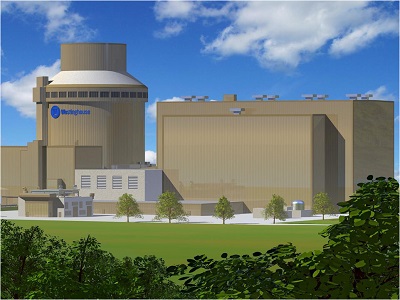 Westinghouse AP1000
Westinghouse AP1000©2013 Westinghouse Electric Company LLC. All rights reserved. Image reproduced with Westinghouse permission.
Westinghouse AP1000©2013 Westinghouse Electric Company LLC. All rights reserved. Image reproduced with Westinghouse permission.
In the requirements for passive safety-ECCS requirements that didn't involve large offsite or onsite AC power supply, and didn't require operator action-Weinberg, et al. were fully correct in their conception of what a continuous drive for safety, and thus public acceptance, demanded. Public misinformation about nuclear energy had so badly eroded realistic perceptions that, after TMI, many in the public actually believed that nuclear reactors could explode like nuclear weapons-which drove home the need for both a major shift in public perception and a major push in the industry for truly passive, and truly credible, core safety.
Weinberg and his team, however, did not anticipate that developments originally intended for intermediate-sized, less expensive plants for remote siting would be successfully applied to commercial (1000 MWe+) sized plants, giving both the safety required and the necessary dependence on the rugged engineering of decades of previous LWR experience. The selection of the recommended PIUS design, for example, was made in part because it could build on previous LWR experience; the text is quoted as saying "since PIUS is a modified PWR, much technology already in commercial use could be applied."
What really happened was that passive features were eventually applied external to the core, and external to the containment, which along with rugged (and in some ways traditional) construction of the primary plant worked together to assure safety. There was no need for a radical departure at highest possible speed from most or all of conventional LWR technology; the best (and the ultimate) solution was to apply passive cooling principles to developed PWR design-a vision targeted not specifically by Weinberg and his team, but targeted perfectly in effect.
SELECTED BIBLIOGRAPHY:
Bodansky, D.; Nuclear Energy - Principles, Practices and Prospects. New York. Springer-Verlag 1986.
Detroit Edison Company; A History of Enrico Fermi Atomic Power Plant Unit 2. August 1983.
Nealey, S. M.; Melber, B. D.; Rankin, W. L.; Public Opinion and Nuclear Energy. Lexington, Mass. D. C. Heath and Company 1983.
US Atomic Energy Commission-WASH 1082, Civilian Nuclear Power-Current Status & Future Technical & Economic Potential of Light Water Reactors. March 1968.
US Atomic Energy Commission-WASH 1250, The Safety of Nuclear Power Reactors (Light Water-Cooled) and Related Facilities. July 1973.
Weinberg, A. M.; Spiewak, I.; Barkenbus, J. N.; Livingston, R. S.; Phung, Doan L.; The Second Nuclear Era-A New Start for Nuclear Power. New York. Praeger Publishers 1985.
______________________
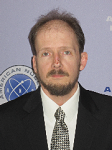 Will Davis is a consultant to, and writer for, the American Nuclear Society. In addition to this, he is a contributing author for Fuel Cycle Week, and also writes his own blog Atomic Power Review. Davis is a former US Navy Reactor Operator, qualified on S8G and S5W plants.
Will Davis is a consultant to, and writer for, the American Nuclear Society. In addition to this, he is a contributing author for Fuel Cycle Week, and also writes his own blog Atomic Power Review. Davis is a former US Navy Reactor Operator, qualified on S8G and S5W plants.


